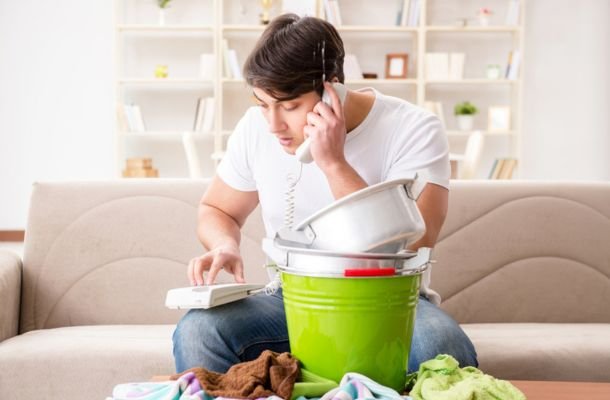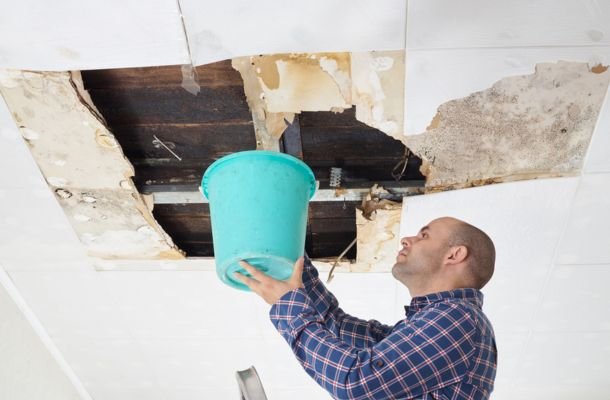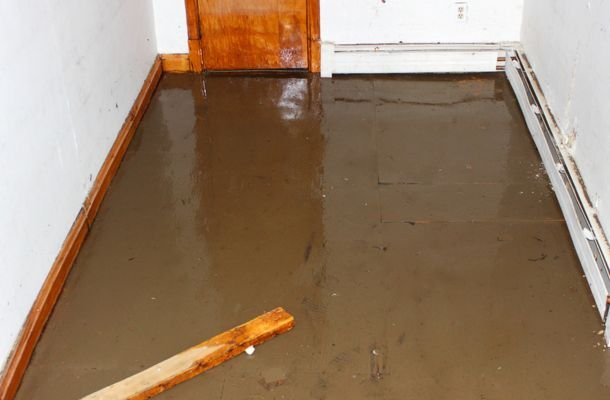Discovering water damage can be alarming, but taking swift and decisive action can help minimize the damage and prevent further issues. Here’s a step-by-step guide on what to do immediately after discovering water damage:
1. Ensure Safety First
- Turn Off Power: If the water damage is near electrical outlets or appliances, turn off the power to prevent electrical shock. Locate your circuit breaker or fuse box and shut off the power to the affected areas.
- Avoid Contact with Water: If there’s significant water on the floor, avoid walking through it, as it may be electrically charged. Use rubber boots if necessary.

2. Assess the Situation
- Identify the Source: Determine where the water is coming from, whether it’s a burst pipe, roof leak, or appliance malfunction. This will help you address the root cause and prevent additional damage.
- Check the Extent of Damage: Evaluate how much of the area is affected. Look for signs of water damage on walls, floors, ceilings, and furniture.
3. Stop the Water Flow
- Fix the Leak: If the water damage is due to a plumbing issue, such as a burst pipe, turn off the main water supply to stop the flow of water. Locate the main shutoff valve and turn it clockwise to close it.
- Contain the Leak: Use buckets, bowls, or towels to catch and contain the water if you can’t fix the source immediately.
4. Remove Excess Water
- Use Towels or Mops: For small amounts of water, use towels, mops, or a wet/dry vacuum to soak up and remove the water from floors and surfaces.
- Start Drying: Open windows and doors to promote ventilation and speed up the drying process. Use fans and dehumidifiers to help dry out affected areas.
5. Protect Belongings
- Move Items: Relocate furniture, electronics, and other valuables to a dry area to prevent further damage. Elevate items off the floor if possible.
- Remove Wet Materials: Take out any wet carpets, rugs, or padding, as they can harbor mold and bacteria. If the materials are salvageable, dry them thoroughly.
6. Inspect for Structural Damage
- Check for Warping or Sagging: Look for signs of structural damage in walls, ceilings, and floors. Warped or sagging areas may indicate significant water damage and may need professional assessment.
- Look for Mold: Water damage can lead to mold growth, which may appear as dark spots or a musty smell. Mold can start growing within 24 to 48 hours of water exposure.
7. Document the Damage
- Take Photos or Videos: Document the extent of the water damage for insurance purposes. Capture images of affected areas, belongings, and any visible damage.
- Keep Receipts: Save receipts for any repairs or emergency services you may need to submit to your insurance company.
8. Contact a Professional
- Call a Water Damage Restoration Expert: For significant water damage, contact a professional water damage restoration company. They have the expertise and equipment to handle extensive damage and prevent further issues.
- Notify Your Insurance Company: File a claim with your homeowner’s insurance provider to start the process of receiving compensation for repairs and restoration.

9. Clean and Sanitize
- Disinfect Affected Areas: Clean and sanitize surfaces that came into contact with water to prevent mold growth and bacterial contamination. Use disinfectants that are appropriate for the type of material you are cleaning.
- Check for Contamination: If the water was contaminated (e.g., from a sewage backup), be extra cautious and consider professional cleaning services.
10. Prevent Future Issues
- Inspect and Repair: After addressing the immediate damage, inspect your home for potential vulnerabilities and make necessary repairs to prevent future water damage.
- Improve Maintenance: Regularly maintain plumbing systems, clean gutters, and inspect your roof to reduce the risk of water damage.


